Reading the Spider Verse
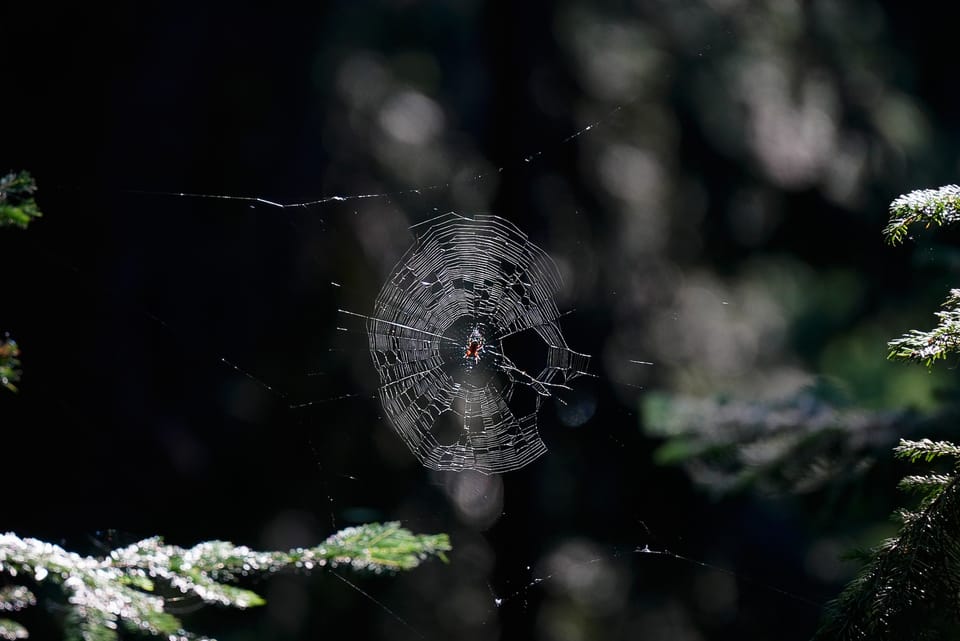
Writing today's newsletter was one of those astonishing moments when I started following a simple idea, only to discover that it led me down roads beyond my wildest dreams.

Today's journey began when I read an NPR story about scientists discovering they could collect animal DNA from sticky spider webs. I thought this was a fascinating idea because spider webs are an abundant, naturally occurring, and inexpensive tool for collecting data.
This matters because we live in a time when the natural world is changing rapidly, and scientists are racing to document wildlife populations before it's too late. However, traditional survey methods are expensive, time-consuming, and invasive. In addition, scientists are often forced to find, catch, and track animals in ways that damage fragile environments or disrupt critically endangered species.
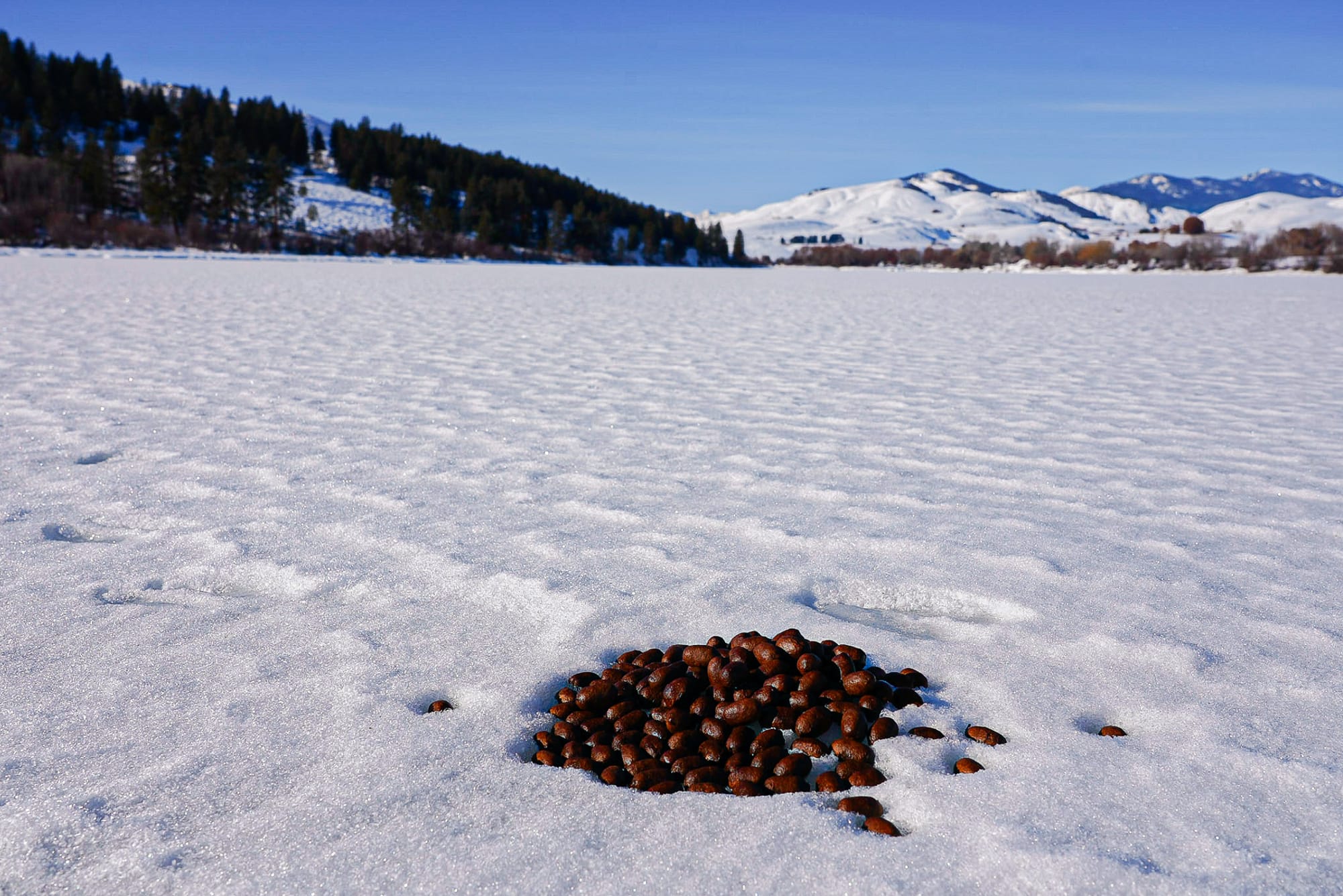
But every animal on earth is constantly shedding evidence of its presence as it urinates, defecates, eats, dies, decomposes, or just moves around shedding cells. And guess what happens next? Much of this evidence ends up sticking to spider webs, so scientists came up with the brilliant idea of collecting spider webs and using the DNA trapped in these webs to non-invasively document which animals (including endangered animals) live in an area.

So, this is a fantastic topic in and of itself, but then I started wondering about all this DNA floating around. I learned that this is called environmental or extra-cellular DNA (eDNA for short), and it is what DNA is called when it no longer resides inside of cells.
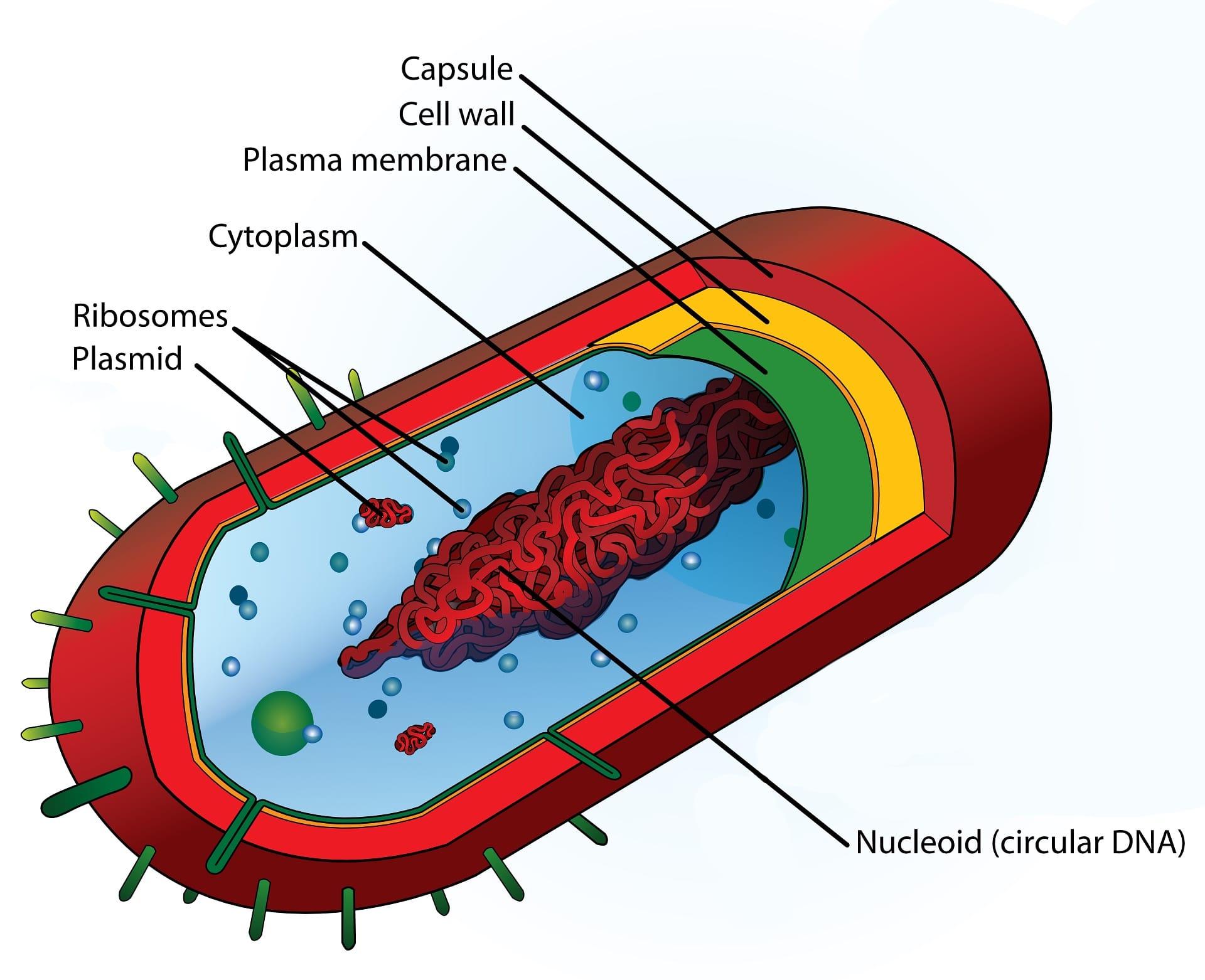
We hear about genetics and DNA all the time but it's always in the context of DNA inside of cells. If an animal dies, or sheds cells, we assume that cells quickly break down and decompose, while everything inside the cells, including their DNA, disappears.
But DNA does something completely unexpected—it doesn't disappear! Instead, it persists and accumulates in the environment. For example, if DNA ends up in the soil it can bind with sand and clay particles and linger for thousands of years.
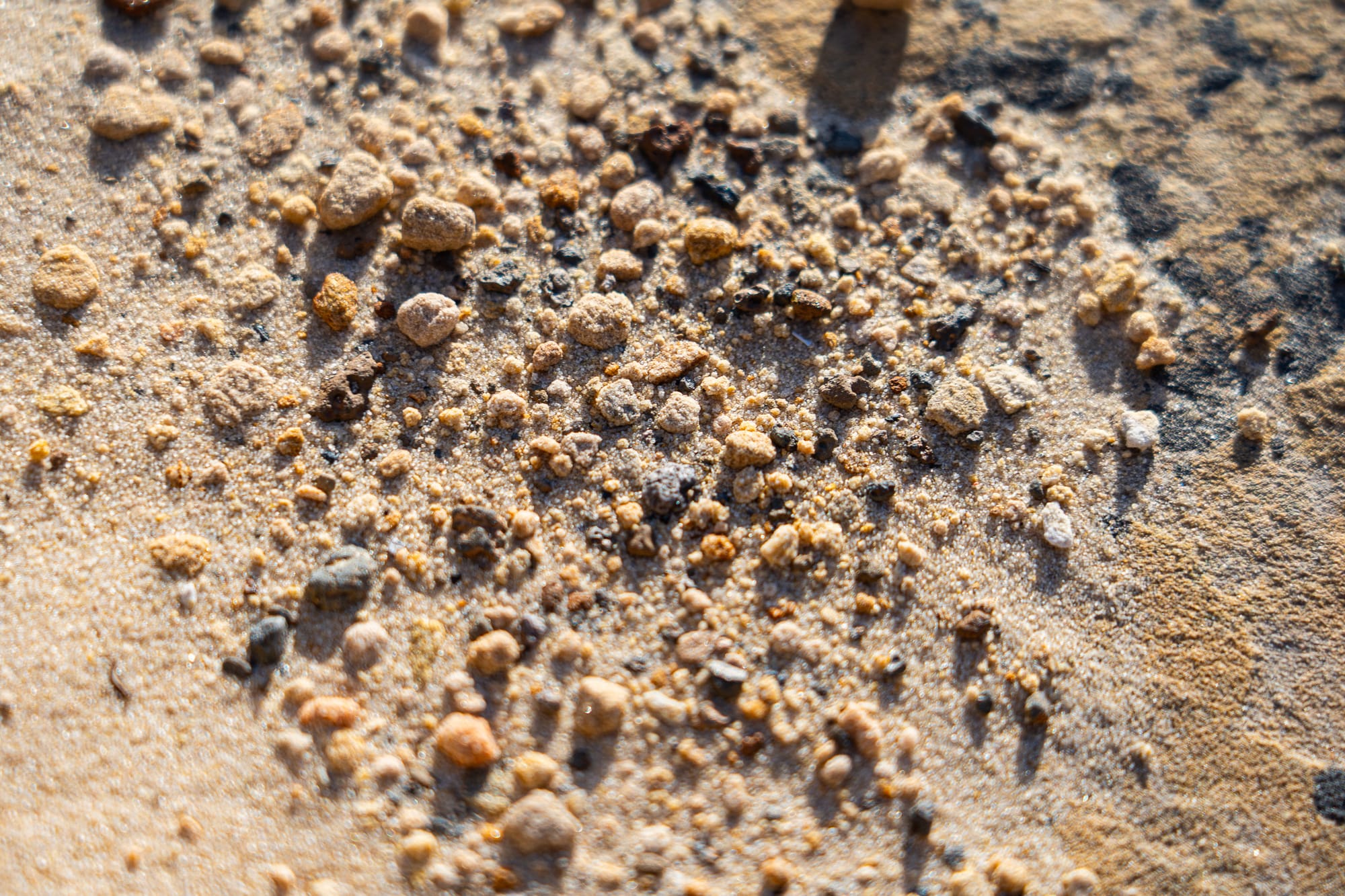
If this seems like a trivial topic, consider these facts: It is estimated that over 90% of the DNA in the world's oceans is environmental (extra-cellular) DNA! And in the right conditions eDNA remains intact and accumulates for millions of years!
Keep in mind that this is DNA occurring outside of cells and mostly outside of animal bodies!
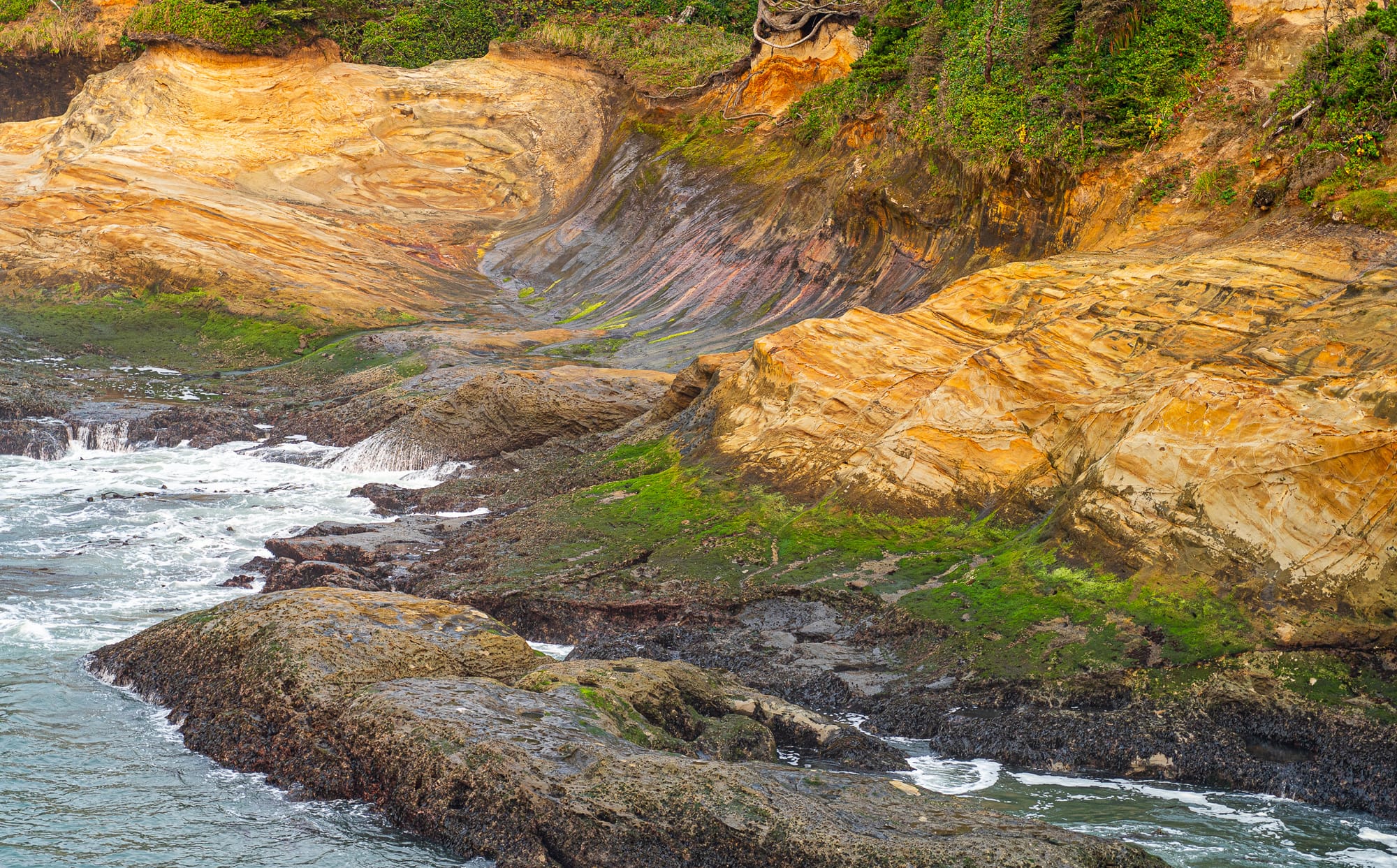
If there's so much eDNA sticking around it makes sense that it's doing something important, right?! This is where the topic blows my mind because all this eDNA is literally everywhere and is weaving more pieces of our world together than you can imagine. [If you want to learn more, either the Wikipedia entry, or this technical review of the topic, are good starting points.]
For example, eDNA is a critical source of energy and nutrients in the soil, it protects plant roots from infections, it builds biofilms and cryptogamic crusts, it defends our bodies from diseases, and much, much more.
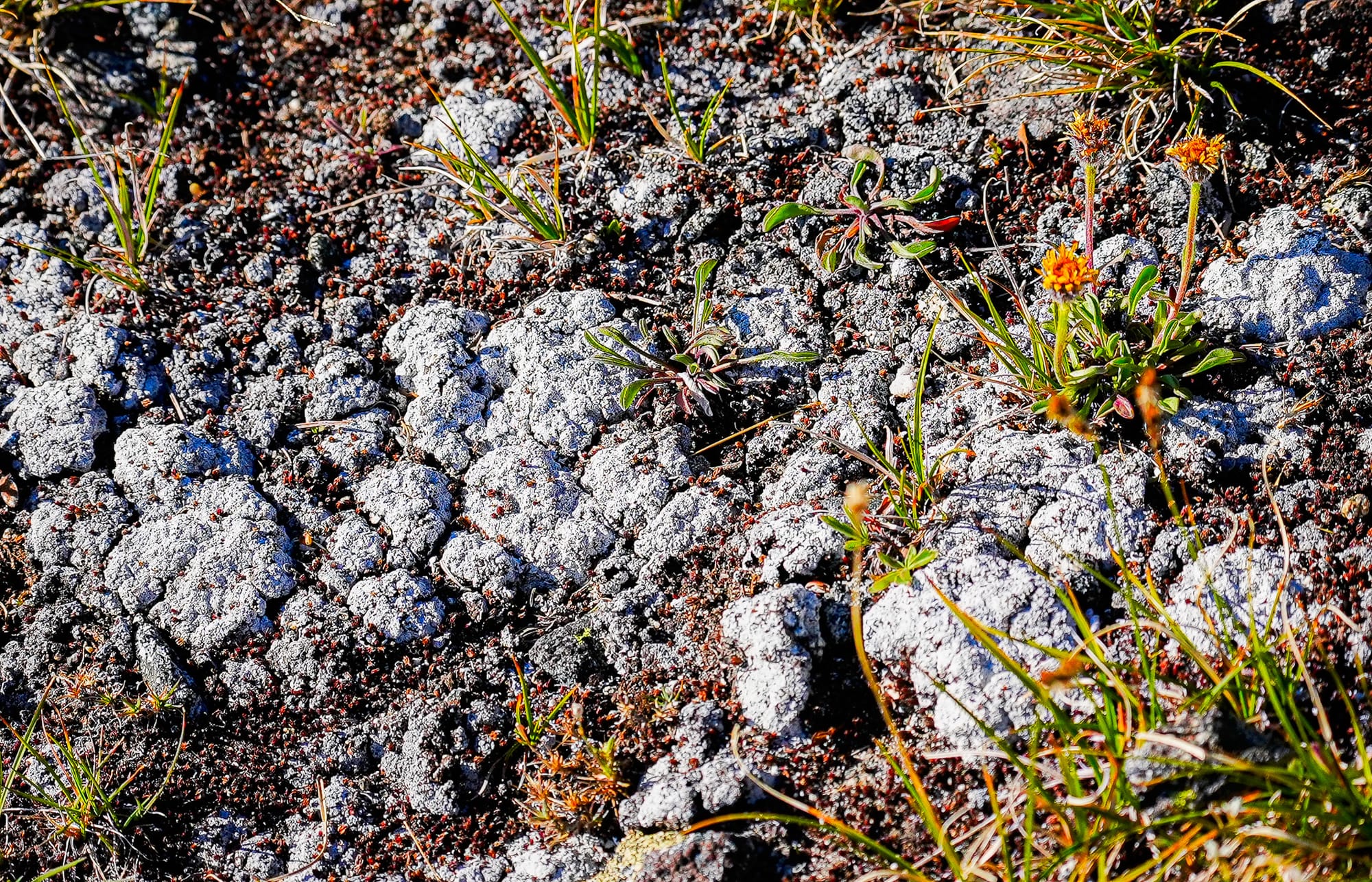
When I first read about spider webs collecting DNA fragments, I imagined scientists working like detectives at a crime scene and finding a few flakes of old skin cells or a few hairs stuck in the webs.
I didn't realize that what's going on is that every bit of air, soil, and water on earth is loaded with eDNA, and that these old DNA strands stitch countless webs of life together.

Member discussion